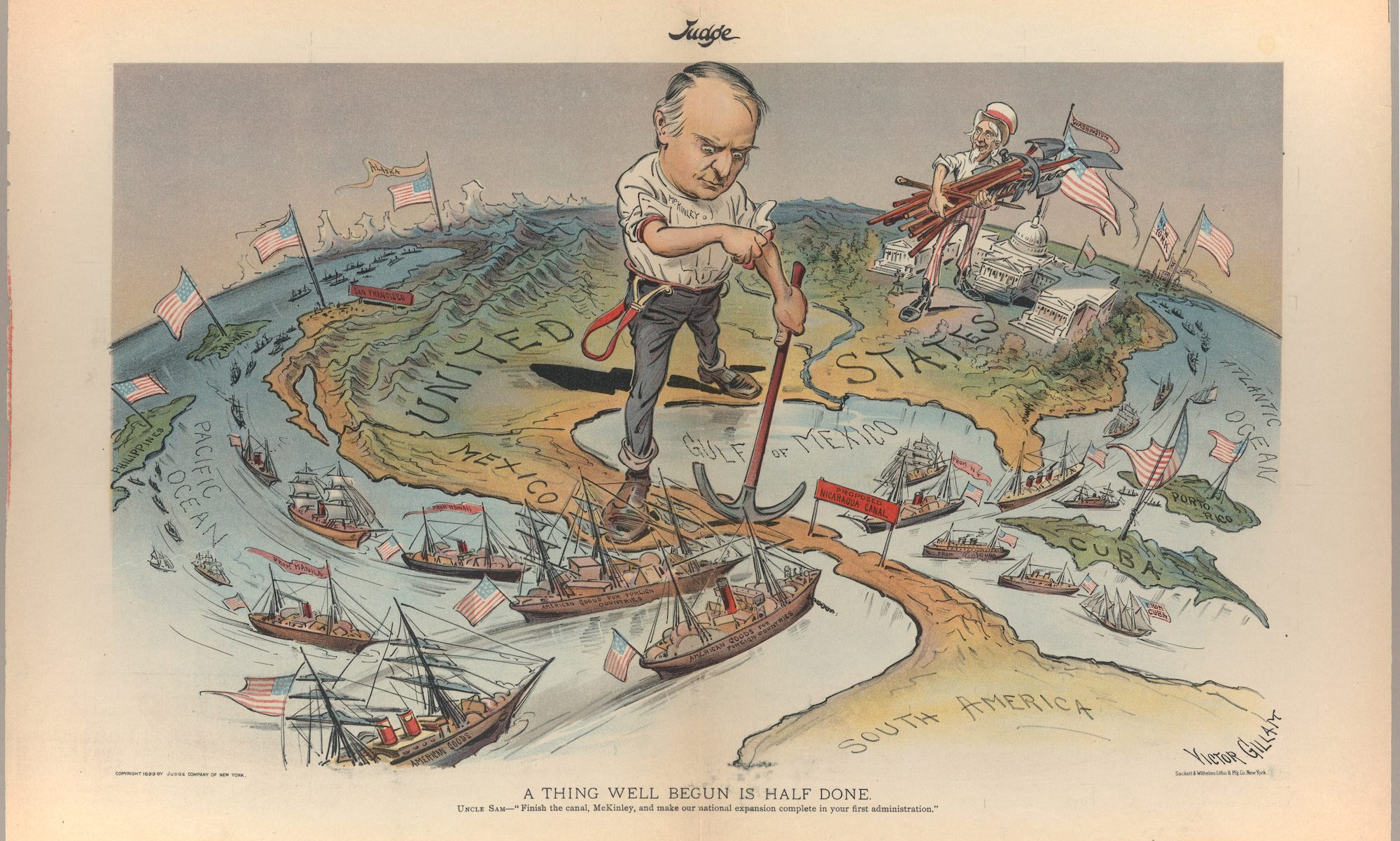
Some additional notes on undergraduate success prepared in advance of a reprise of meeting with UMASS students about settling into college.
Last year, I wrote some notes for undergraduates about how to succeed in college–and how to conceive of “success” itself. This year, I’ve been asked to reprise this advice, but with some additional points on how to connect with faculty, how to find research and internship opportunities, and how to ask for a letter of recommendation.
How to Connect with Faculty
UMASS is a big school, and my advice is going to reflect my experiences here. Advice for students at other kinds of colleges would be different. At Amherst College, for instance, much of what I’m going to say wouldn’t apply because faculty are expected to be more involved in student affairs than at UMASS; surprisingly, maybe, the same would also be more likely to hold at a community college, where faculty focus almost exclusively on teaching.
So what makes UMASS different? It isn’t, really, that the faculty don’t care less than their colleagues at other kinds of universities. It’s instead that their jobs focus primarily around research. Now, I’m speaking mostly about full-time, research professors here. That’s mostly who I think you’ll have in mind. Broadly speaking, almost anyone who is a “full” professor, an associate professor, or an assistant professor–like me–will be on a contract in which (whatever the percentages say) research is our primary responsibility. There are other folks, who include lecturers and adjunct professors, for whom the story is a little different. But I want my advice to reflect my experience, which will still help you a lot.
Continue reading “Additional Notes on Undergraduate Success”






 Some political scientists–okay, a lot of people–wonder why membership fees for the American Political Science Association’s fees are so high. In particular, folks compare APSA fees, which can be steep (a maximum of $325 per year for high-income political scientists), to fees for the American Economic Association, which max out at…$40 annually.
Some political scientists–okay, a lot of people–wonder why membership fees for the American Political Science Association’s fees are so high. In particular, folks compare APSA fees, which can be steep (a maximum of $325 per year for high-income political scientists), to fees for the American Economic Association, which max out at…$40 annually. A few months ago, I wrote a summary of the political-science literature on institutional design and turnout in local elections (municipal elections and other local government elections), which I share here. The takeaway: local governments may have lots of room to develop policies that promote turnout. The moral point: adopting policies that drive down turnout in the knowledge that they will do so is not canny but actively unethical.
A few months ago, I wrote a summary of the political-science literature on institutional design and turnout in local elections (municipal elections and other local government elections), which I share here. The takeaway: local governments may have lots of room to develop policies that promote turnout. The moral point: adopting policies that drive down turnout in the knowledge that they will do so is not canny but actively unethical.


